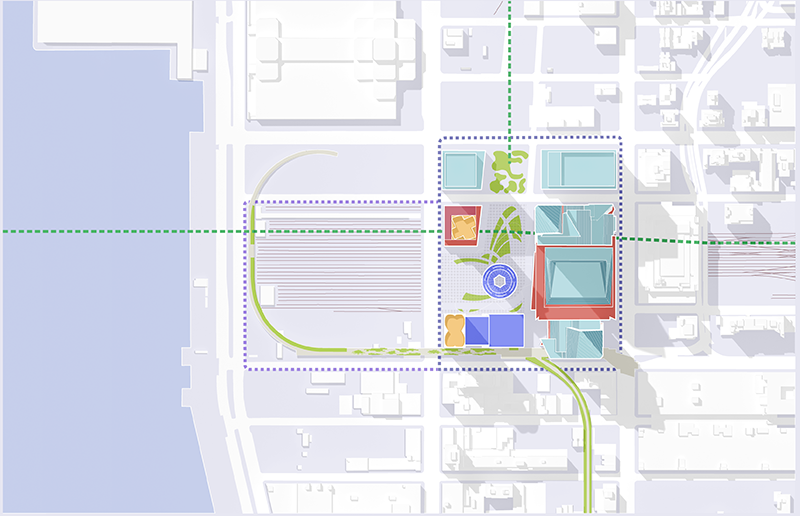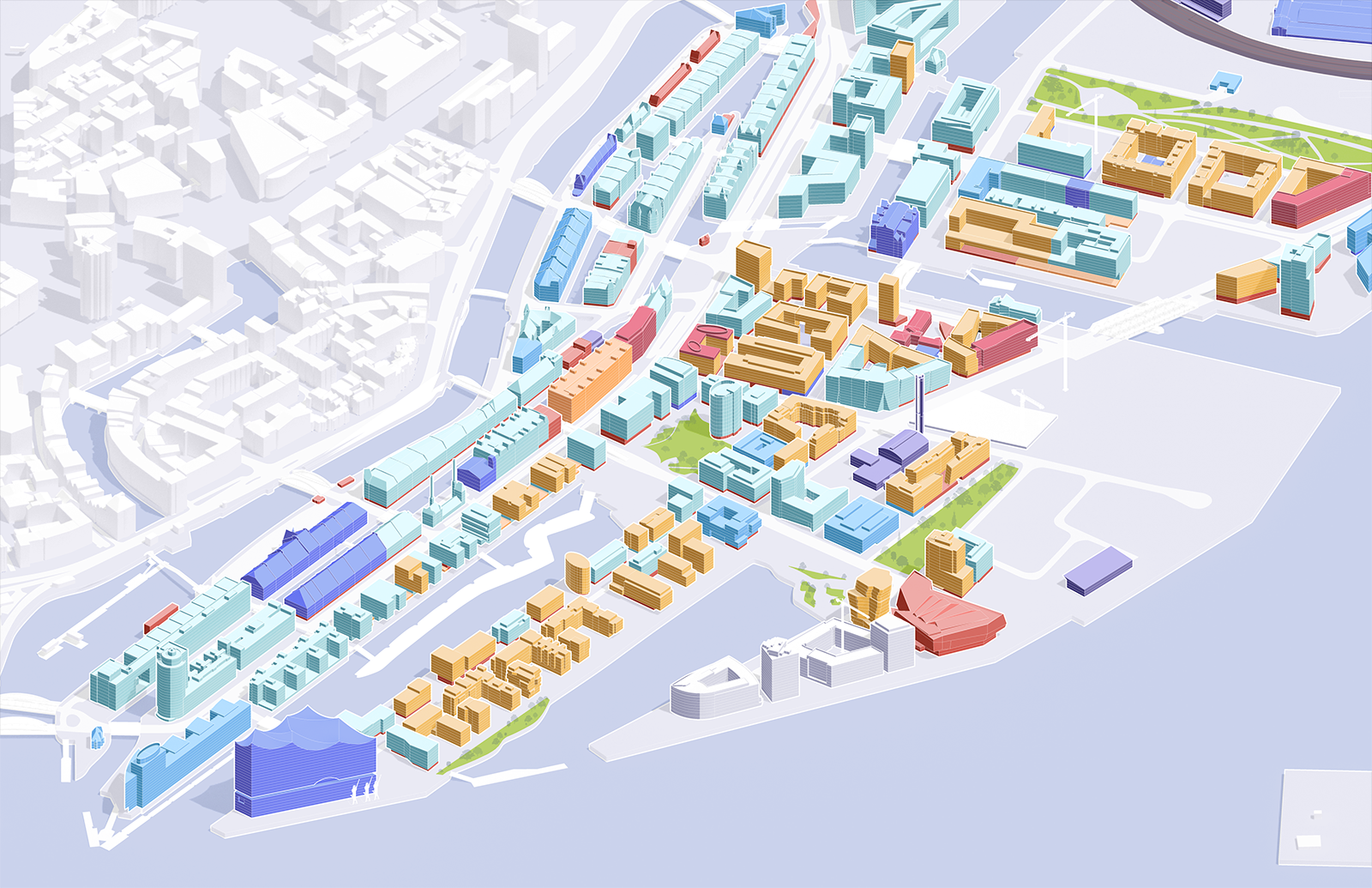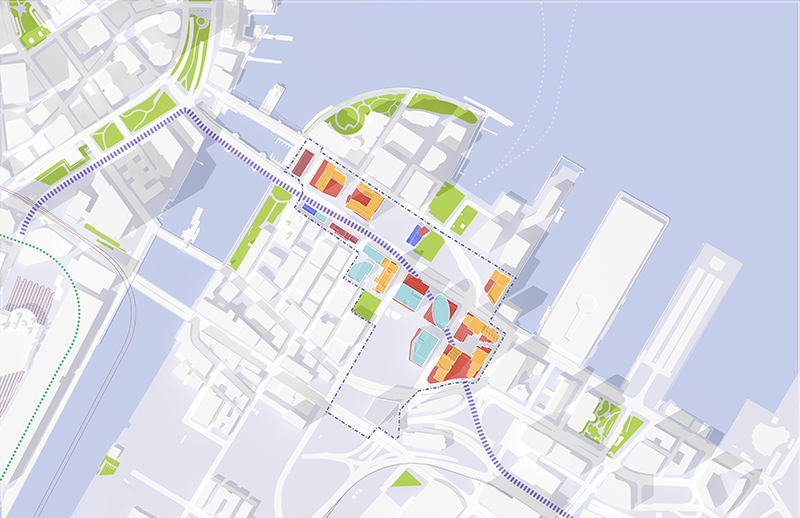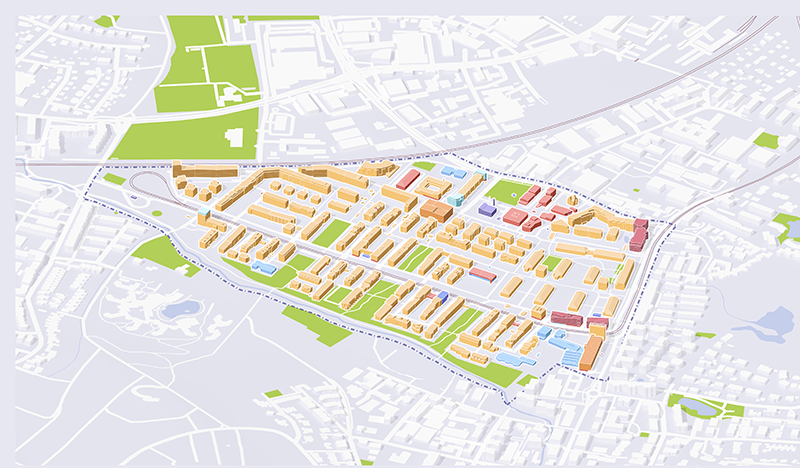As planners and designers, we are constantly involved in envisioning new neighborhoods.
Being the good listeners that we are, ongoing conversations with our clients and the broader community are an important part of our process. All too often, we hear concerns about how we can plan or design a neighborhood that may take more than 20 years for completion, how we are going to phase out the development process, and how we can make sure what we are envisioning would actually come true.

These are all great questions and important conversations to have. Through our years of experience, we have learned that nothing helps conducting a meaningful conversation as much as seeing amazing precedents, and learning how they approached these kinds of issues.



With that in mind, we teamed up with the University of Toronto’s School of Cities, and compiled a guidebook of best practices in planning for future neighborhoods to be shared as a valuable resource with everyone interested in learning more about these challenges.
In this guidebook, we introduce you to 8 outstanding master plans from around the world. First, we briefly describe each plan to offer a glimpse into their unique characteristics. Then, we delve deeper to understand how they approached the phasing challenge, how they realized their initial visions, what kind of public realms they achieved, and what makes them truly remarkable.
